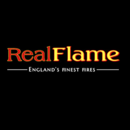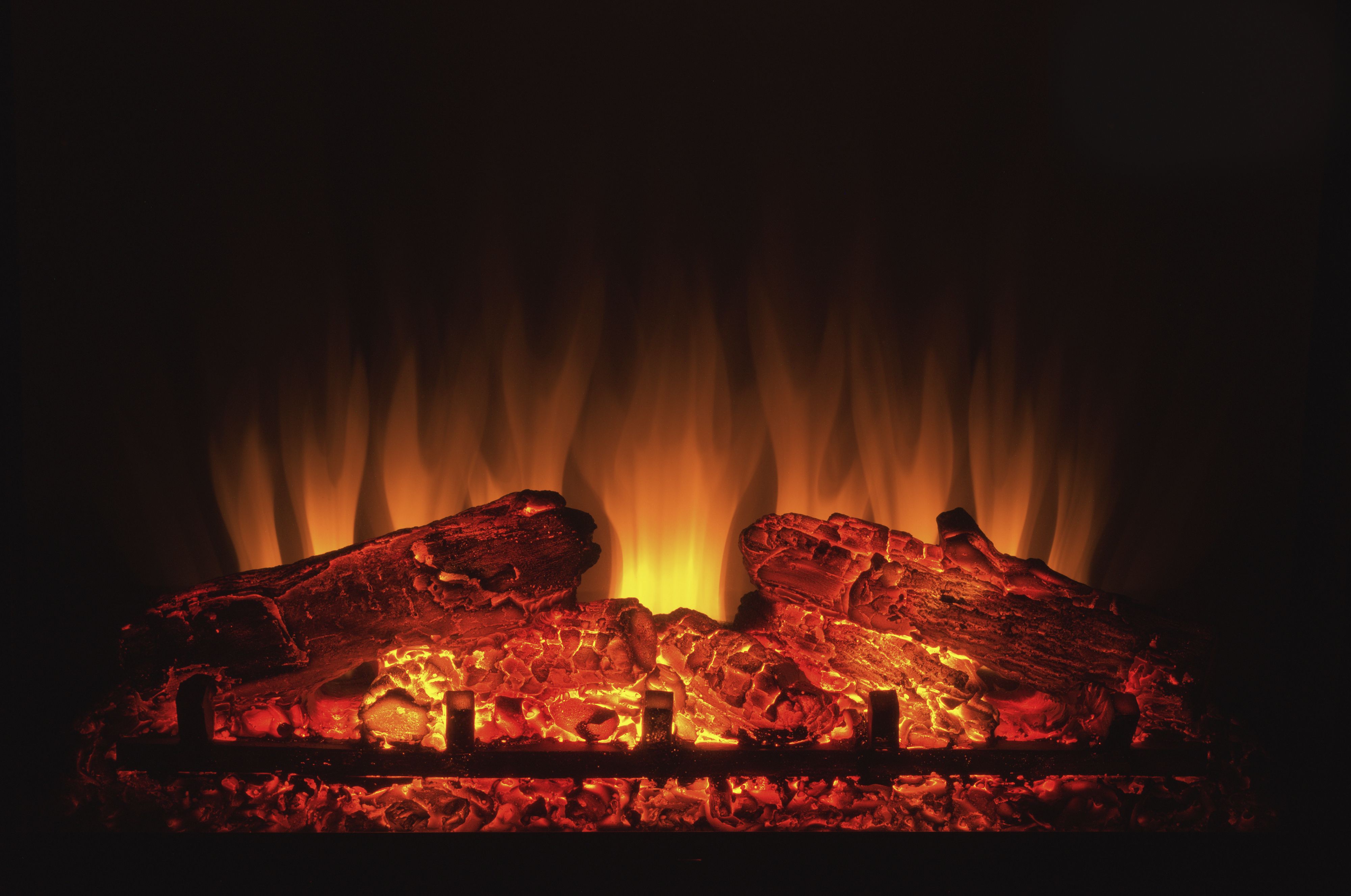What are electric fires?
Contents |
Introduction
Electric fireplaces are similar to conventional coal, wood and natural gas fireplaces, except that they are plugged into the wall and require no fuel. This also means they are easy to clean, do not require a lot of maintenance, and do not emit fumes.
Electric fireplaces
Electric fires were invented in 1912 but only became popular in the 1950s. They can be fitted with a ‘flame only’ setting, where they mimic the flame effects of a conventional fire. They can also be used as heaters and consume approximately 1.4 - 1.6 kW of energy, which can heat a 37 sq. m room.
How do electric fires work?
Electric fireplaces generate heat through heated metal coils which use electricity. The heat spreads through the room by a fan. The heat is 100% efficient, as none of the heat is wasted; the fan pushes out 100% of the heat generated by the coils.
There is no need for chimney flues or vents, as electric fireplaces do not emit fumes, gases or smoke. This also means there is no dirt, such as ash, being produced.
Types of electric fireplaces
There are several different types of electric fires, such as:
Electric stoves
Can be placed anywhere in the home and works by adjusting the heat settings and the flame intensity by remote control.
Wall-mounted electric fires
Can have a large variety of styles (contemporary or modern); placed on walls.
Electric fires with fire baskets
Made from cast iron, aluminium and other types of metals. Can be decorative or fitted into working fireplaces.
Electric insert fires
Also called inset, these fireplaces sit in a recess on the wall.
Advantages of electric fires
Electric fires provide many different benefits for properties, both residential and commercial:
- There is no need for chimneys or flues.
- Electric fires can be portable.
- There are no gas emissions.
- Electric fires are easy to clean and low maintenance (no ash or soot, for instance).
- There is no need to remodel the space where the fire will be installed.
- Electrical fires can be highly economical.
Disadvantages of electric fires
Electric fireplaces also present some downsides, which include:
- They are not as realistic as fires with real flames.
- They do not generate as much heat as conventional fires.
- Due to them only being able to work with electricity, they can be less efficient than other fires.
--Real Flame 09:05, 27 Feb 2017 (BST)
Related articles on Designing Buildings Wiki
Featured articles and news
Key points for construction at a glance with industry reactions.
Functionality, visibility and sustainability
The simpler approach to specification.
Architects, architecture, buildings, and inspiration in film
The close ties between makers and the movies, with our long list of suggested viewing.
SELECT three-point plan for action issued to MSPs
Call for Scottish regulation, green skills and recognition of electrotechnical industry as part of a manifesto for Scottish Parliamentary elections.
UCEM becomes the University of the Built Environment
Major milestone in its 106-year history, follows recent merger with London School of Architecture (LSE).
Professional practical experience for Architects in training
The long process to transform the nature of education and professional practical experience in the Architecture profession following recent reports.
A people-first approach to retrofit
Moving away from the destructive paradigm of fabric-first.
International Electrician Day, 10 June 2025
Celebrating the role of electrical engineers from André-Marie Amperè, today and for the future.
New guide for clients launched at Houses of Parliament
'There has never been a more important time for clients to step up and ...ask the right questions'
The impact of recycled slate tiles
Innovation across the decades.
EPC changes for existing buildings
Changes and their context as the new RdSAP methodology comes into use from 15 June.
Skills England publishes Sector skills needs assessments
Priority areas relating to the built environment highlighted and described in brief.
BSRIA HVAC Market Watch - May 2025 Edition
Heat Pump Market Outlook: Policy, Performance & Refrigerant Trends for 2025–2028.
Committing to EDI in construction with CIOB
Built Environment professional bodies deepen commitment to EDI with two new signatories: CIAT and CICES.
Government Grenfell progress report at a glance
Line by line recomendation overview, with links to more details.
An engaging and lively review of his professional life.
Sustainable heating for listed buildings
A problem that needs to be approached intelligently.
50th Golden anniversary ECA Edmundson apprentice award
Deadline for entries has been extended to Friday 27 June, so don't miss out!
CIAT at the London Festival of Architecture
Designing for Everyone: Breaking Barriers in Inclusive Architecture.
Mixed reactions to apprenticeship and skills reform 2025
A 'welcome shift' for some and a 'backwards step' for others.




























